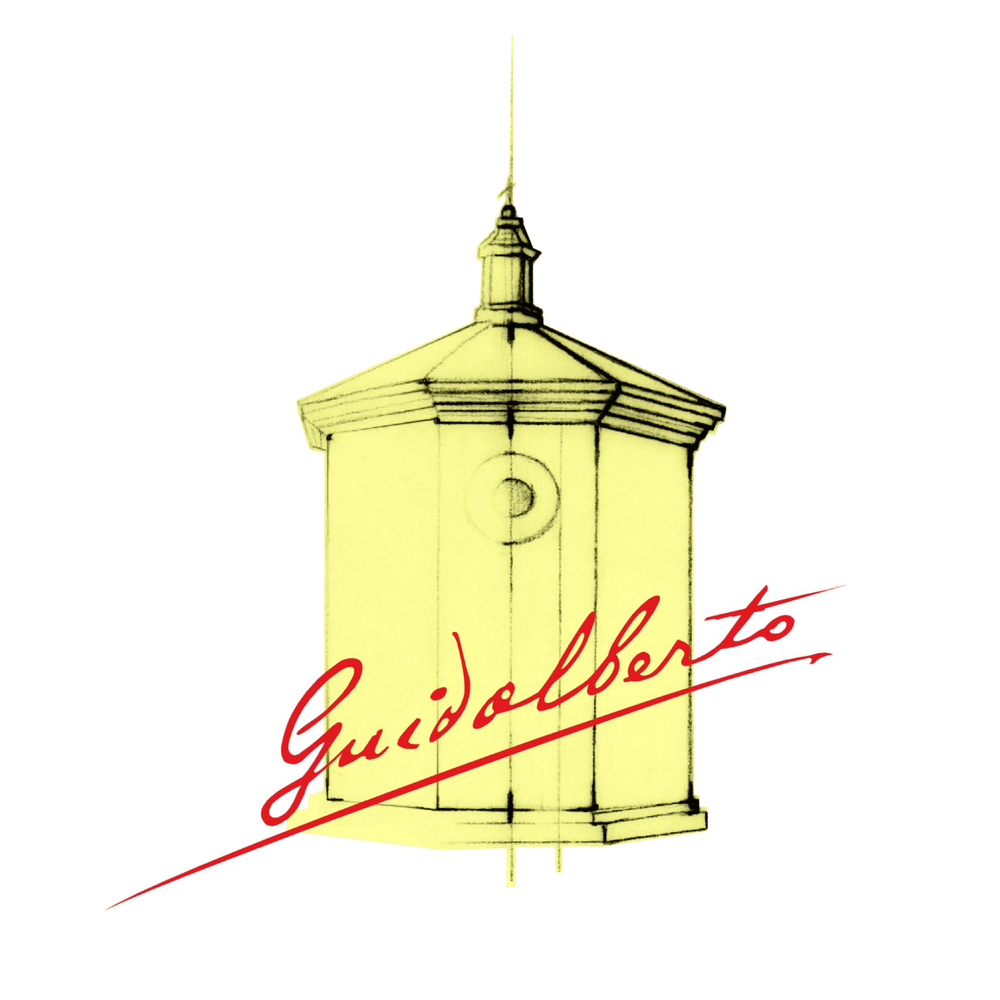Vintage
GUIDALBERTO 2020
CLASSIFICATION
IGT - Toscana
FIRST VINTAGE ON THE MARKET
2000
GRAPES
Cabernet Sauvignon, Merlot

Guidalberto
SOIL STYLE
The soils on which the vineyards stand has varied and complex terrain features with a strong presence of limestone, feature areas rich in marl and pebbles as well as being partly clayey; they sit at an altitude of between 100 and 300 metres above sea level, with a south/south-west exposure.
WEATHER TRENDS
The year tended to be hot. The autumn was wet with heavy rainfall from mid-October until the end of December. Temperatures were quite mild and sometimes even above the seasonal average. From February came the intense cold with temperatures dropping to almost 0°C. March began with strong sea winds and rain, but with mild temperatures that contributed to bud swelling, especially of early varieties of grape such as Merlot.
At the end of March, a disturbance coming from the Balkans brought a sharp drop in temperatures with tramontana winds and some night frosts. The month of April, but also much of May, was mild, with sunny days and average temperatures alternating with rainy days and cooler air. Daytime temperatures rose in contrast to nighttime temperatures, which remained below the seasonal average. The first ten days of June saw heavy rain and a drop in temperature, especially at night and in the early morning, with temperatures not exceeding 25-26°C. After mid-June, the weather recovered, bringing sunny and warm days. This heat was interrupted by a mid-July weather disturbance, which helped to lower temperatures and offered coolness to the vines. August, on the other hand, was a very hot month with temperatures above the seasonal average, causing the technical ripening of the grapes to be brought forward. Fortunately, a disturbance at the end of August prevented the plants from going into stress, but the ripening of the grapes, also due to the hot and humid weather, brought the harvest time forward by about a week.
HARVESTING
The harvest, all carried out by hand, began with the Merlot grapes at the end of August and continued in September with the Cabernet Sauvignon, to be completed at the end of September. The harvest was carried out more swiftly in 2020 due to the rapid maturity achieved by the grapes, and the not wanting to exceed the alcohol content, but also due to the lower production. In this Guidalberto vintage, there is a higher percentage of Merlot, compared to the norm, due to the excellent maturity of the grapes, which gave excellent results.
FERMENTATION
Grapes are sorted in the field during manual harvesting and then selected on arrival in the winery using a sorting table. Gentle pressing and destemming of the bunches to avoid pressure on the grapes and excessive release of tannin. Alcoholic fermentation conducted in stainless steel vats at a controlled temperature maintained at around 27-29°C, without the addition of external yeasts. Maceration in this vintage was reduced a little: about 12-14 days for the Merlot grapes and 13-16 days for the Cabernet Sauvignon grapes, with frequent pumping-over in the air and offloading to obtain more balanced musts, favouring aromatic extraction and softening the tannins. Malolactic fermentation, which began at the end of October and was completed in mid-November, was also conducted in steel without any inoculation. From the beginning of December, the musts were put into barriques for ageing for 15 months.
AGEING
Once malolactic fermentation was complete, the wine was placed in French oak barriques, and a small part in American oak, where it was aged for a period between the 20 and 25 months. The duration of the ageing is technically decided on the basis of the seasonal trend of the vintage. Use of 40% of new wood, 40% of second passage wood and 20% in equal shares of third and fourth passage.